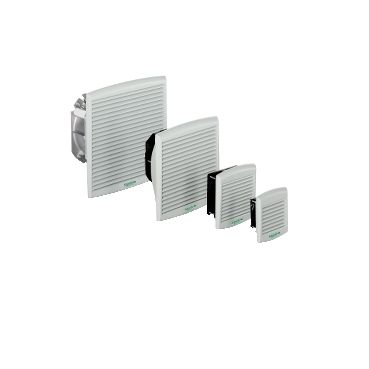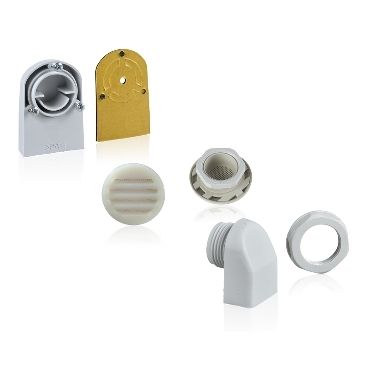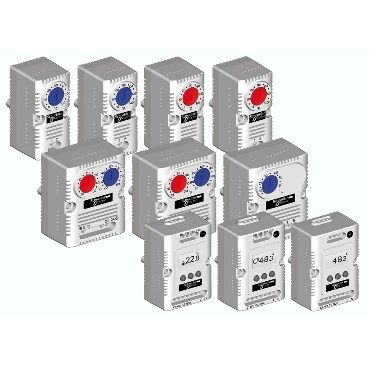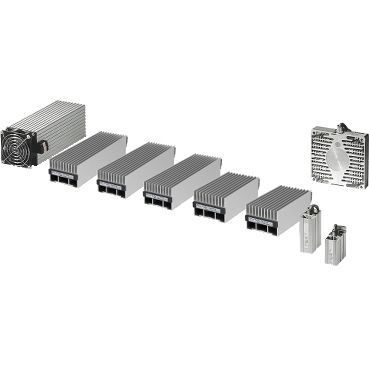Thermal Management
Thermal management refers to the strategies, technologies, and practices employed to control and regulate the temperature within electronic devices, systems, or environments. Effective thermal management is essential for maintaining the proper operating temperature of electronic components, preventing overheating, and ensuring reliable and efficient operation. Here are some key aspects of thermal management
Key Aspects of Thermal Management
- Heat Generation:
- Sources: Electronic components such as microprocessors, integrated circuits, power transistors, and other semiconductor devices.
- Factors: Power consumption, operating frequency, and workload influence the amount of heat produced.
- Heat Dissipation:
- Methods: Conduction, convection, and radiation.
- Goal: Prevent components from reaching excessive temperatures to ensure reliable operation.
- Cooling Systems:
- Fans: Circulate air to remove heat from the device's surface.
- Heat Sinks: Provide additional surface area for heat transfer.
- Liquid Cooling Systems: Use a coolant fluid to absorb heat and transfer it away from the device.
- Thermal Interface Materials:
- Types: Thermal grease, pads, and phase change materials.
- Function: Improve heat transfer between components and cooling elements by filling gaps and air voids.
- Enclosure Design:
- Airflow and Ventilation: Essential for adequate heat dissipation.
- Protection: Enclosures should protect against dust, moisture, and other environmental factors.
- Temperature Monitoring:
- Sensors: Monitor the temperature of components.
- Thermal Management Systems: Adjust cooling mechanisms as needed to maintain safe temperature limits.
- Efficiency and Reliability:
- Benefits: Prevents thermal stress, component degradation, and premature failure.
- Outcome: Extends the lifespan of electronic components and improves overall system performance.
Importance of Thermal Management
- Maintaining Proper Operating Temperature: Essential for reliable and efficient operation of electronic components.
- Preventing Overheating: Avoids damage and ensures longevity of components.
- Enhancing System Performance: Proper thermal management contributes to the efficiency and reliability of the entire system.
By employing effective thermal management strategies, utilizing appropriate cooling systems and materials, and continuously monitoring temperature levels, electronic devices can operate safely, efficiently, and for extended periods.





